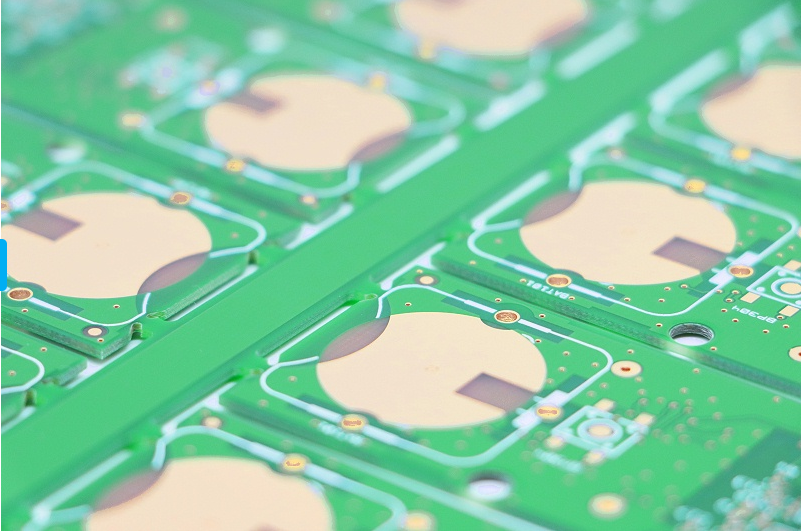Proofing process of PCB circuit board manufacturers
Before PCB circuit board mass production, it is generally necessary for PCB circuit board manufacturers to carry out proofing first, the purpose is to make a small number of samples to test whether the product quality is qualified, to a certain extent In the future, mass production regulations...
Before the mass production of PCB circuit boards, PCB circuit board manufacturers are generally required to conduct proofing first. The purpose is to make a small number of samples to test whether the product is qualified or not, to a certain extent, to avoid risks for future mass production. So, what is the proofing process of PCB board manufacturers?
Circuit board /////
The first step: check the information
Before production, the circuit board manufacturer will check the board-making information provided by the customer, including relevant data such as the size of the board, process requirements and product quantity, and the next step of production will be carried out after reaching an agreement with the customer.
Step 2: Cutting

According to the board materials given by the customer, cut small pieces of production board on the board that meets the requirements. Specific operation: large sheet - cutting board according to MI requirements - curium board - beer fillet / edging - ejecting board.
Step 3: Drilling
Drill the required hole in the corresponding position of the PCB board. Large sheet material - cutting board according to MI requirements - curium board - beer fillet / edging - plate out.
Step 4: Immerse the copper
A thin layer of copper is chemically deposited on the insulating holes. Specific operation: rough grinding - hanging board - automatic copper sinking line - lower board - dip 1% dilute H2SO4 - thickened copper.
Step 5: Graphics transfer
Transfer the image on the production film to the board. Specific operation: hemp board-press film-standstill-alignment-exposure-standstill-printing-inspect.
Step 6: Graphic plating
Electroplating a copper layer with the required thickness and a gold-nickel or tin layer with the required thickness on the exposed copper skin or hole wall of the circuit pattern. Specific operation: upper board - degreasing - twice water washing - micro-etching - water washing - pickling - copper plating - water washing - pickling - tin plating - water washing - lower board.
Step 7: Unwind the film
The anti-electroplating covering film layer is removed with NaOH solution, and the non-circuit copper layer is exposed.
Step 8: Etching
Remove the non-line parts with chemical reagent copper.
Step 9: Green Oil
The graphics of the green film are transferred to the board, mainly to protect the circuit and prevent the tin on the circuit when welding parts.
Step 10: Characters
Recognizable characters are printed on the PCB board. Specific operation: After the green oil finishes - cool and stand - adjust the screen - print characters - rear curium.
Step 11: gold-plated fingers
A nickel/gold layer of required thickness is plated on the finger of the plug to make it more rigid and wear-resistant.
Step 12: Forming
The shape required by the customer is punched out with a die or a CNC gong machine.
Step 13: Test
It is not easy to find functional defects caused by open circuit, short circuit, etc. by visual inspection, and can be tested by flying probe tester.